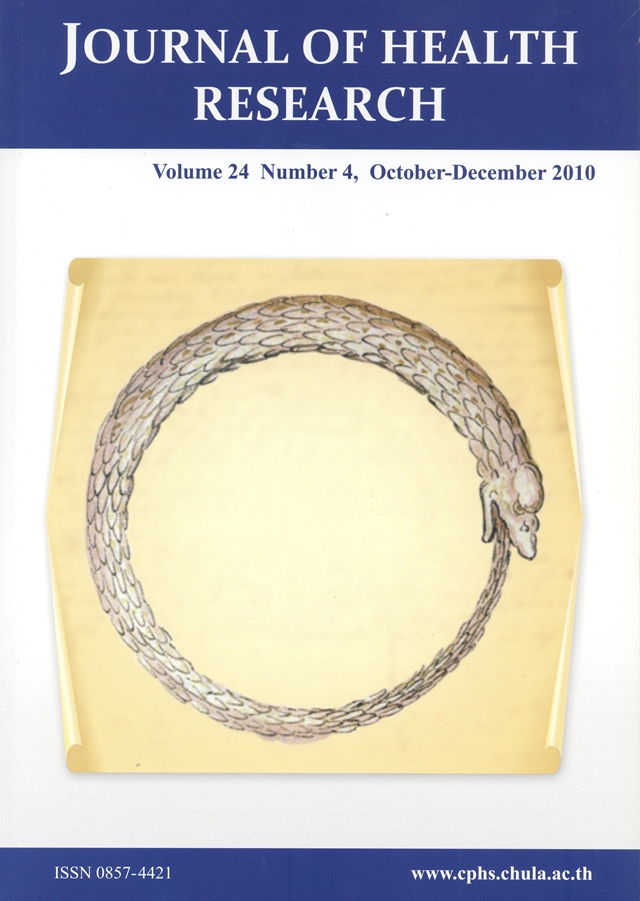Development of New Formulation and Study on Release of Capsaicin from Transdermal Patch
Keywords:
Capsaicin, Transdermal patch, formulation, releaseAbstract
The aim of this research was to develop a capsaicin transdermal patch to reduce skin irritation while still controlling pain with a formulary concentration of 0.025% as used commercially. The study began by researching polymer varieties and plasticizer proportions that were suitable for transdermal patches. It was found that a polymer of ethyl cellulose with 60% triethyl citrate as a plasticizer had the appropriate physical properties, being clear, elastic and adhesive. Varying the proportion of triethyl citrate from 50% to 70% produced a film that had similar physical properties to a patch with 60% triethyl citrate. The films were analyzed by UV-VIS Spectrophotometer. It was shown that 60% triethyl citrate released the highest level of capsaicin so this formulation was developed as a non-irritating patch. Glycerin was used as an anti-irritant in the proportions of 10%, 15% and 20%. It was observed that the formulated capsaicin transdermal patch containing ethyl cellulose with 60% triethyl citrate, and 20% glycerin delivered the highest amount of capsaicin while producing less skin irritation compared to the product currently marketed.






